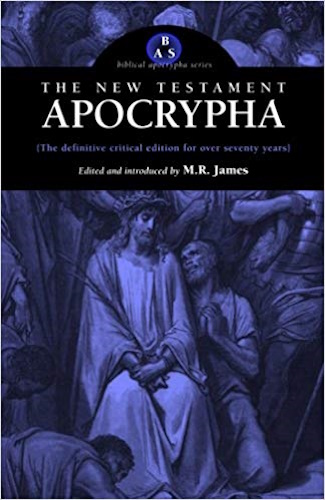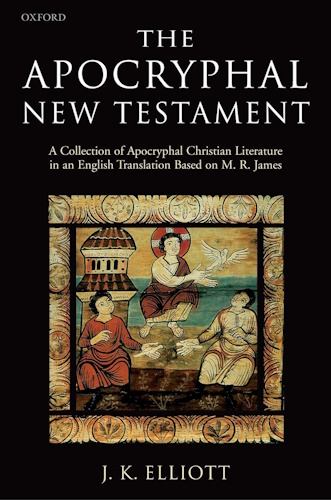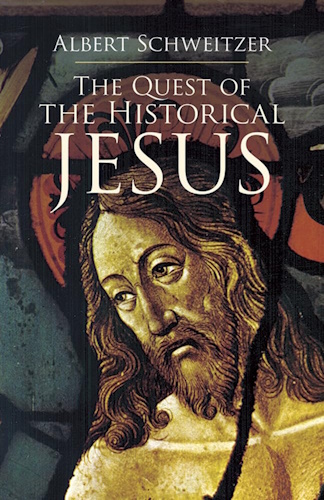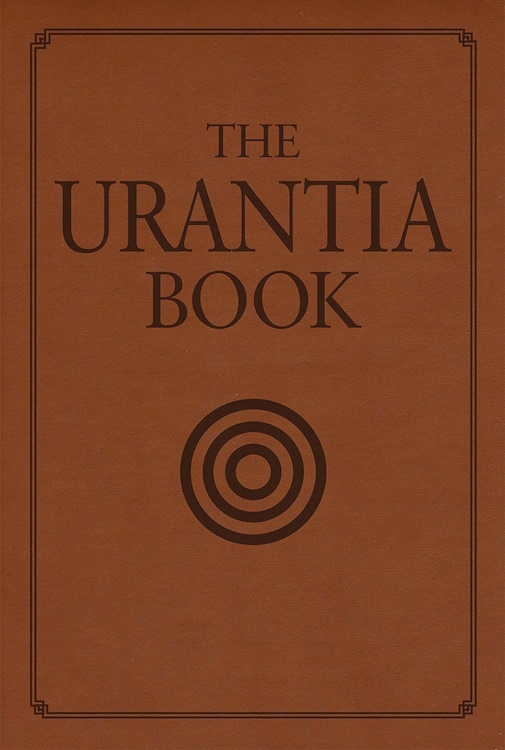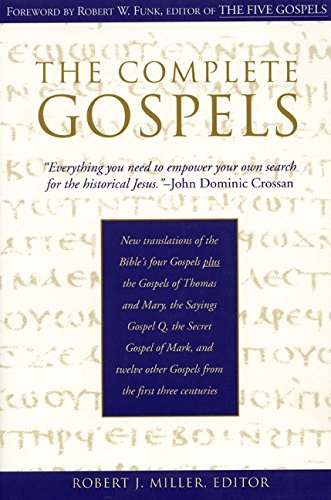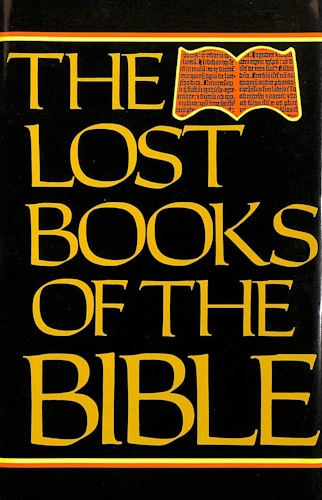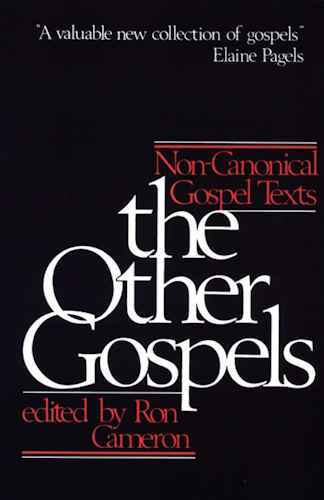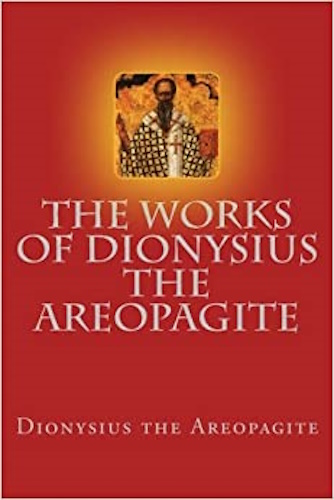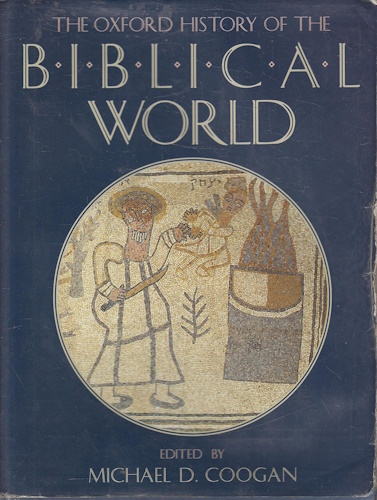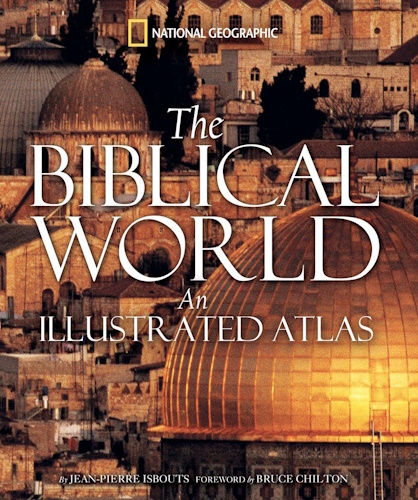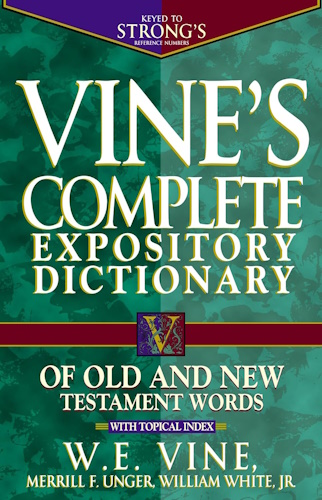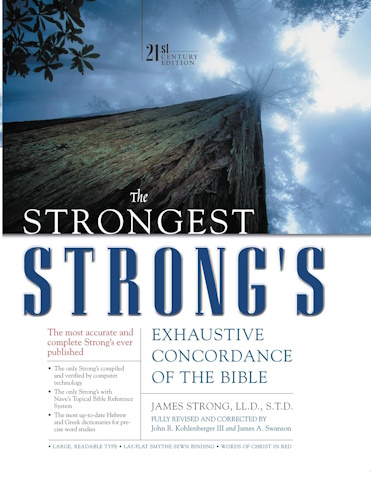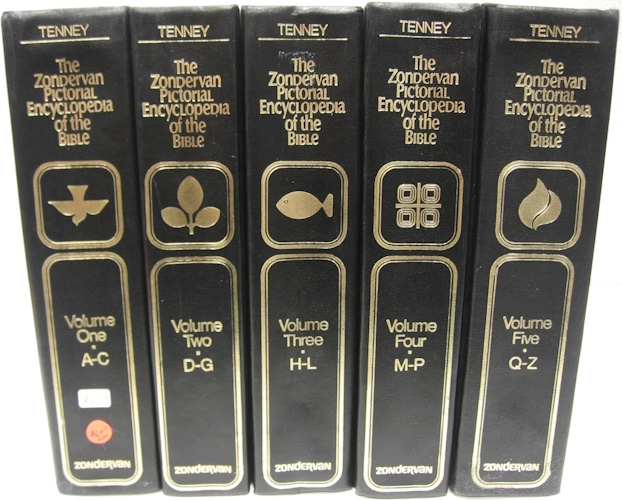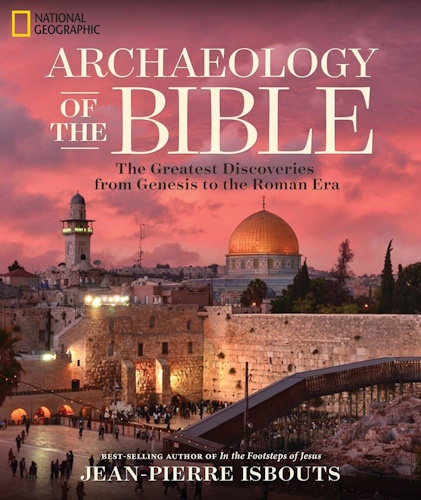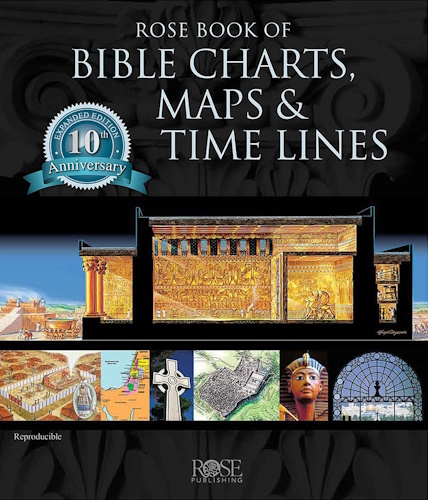
The works of Dionysius the Areopagite
On Divine Names
Caput II
Concerning common and distinctive theology, and what is the Divine Union and distinction.
SECTION I.
LET then the self-existent Goodness be sung from the Oracles as defining and manifesting the whole
page 13
supremely-Divine-Subsistence in its essential nature. For, what else is there to learn from the sacred theology, when it affirms that the Godhead Itself, leading the way, says, "Why dost thou ask me concerning the Good?—None is Good except God alone." Now, this, we have thoroughly demonstrated elsewhere, that always, all the God-becoming Names of God, are celebrated by the Oracles, not partitively, but as applied to the whole and entire and complete and full Godhead, and that all of them are referred impartitively, absolutely, unreservedly, entirely, to all the Entirety of the entirely complete and every Deity. And verily as we have mentioned in the Theological Outlines, if any one should say that this is not spoken concerning the whole Deity, he blasphemes, and dares, without right, to cleave asunder the super-unified Unity.
We must affirm, then, that this is to be received respecting the whole Deity. For even the essentially Good Word Himself said, "I am Good17." And a certain one of the God-rapt Prophets celebrates the Spirit as "the Good18." And again this, "I am He, Who is19." If they shall say that this is said, not of the whole Deity, but should violently limit it to one part, how will they understand this? "These things, saith He, Who is, Who was, Who is to come, the Almighty20," and "Thou art the same21," and this, "Spirit of truth, which is, which proceedeth from the Father22." And if they say that the supremely Divine Life is not coextensive with the
pagae 14
whole, how is the sacred Word true which said, "As the Father raiseth the dead and maketh alive, so also the Son maketh alive whom He will23," and that "the Spirit is He, Who maketh alive24?" But, that the whole Deity holds the Lordship over the whole, one can scarcely say, as I think how many times, in reference to the Paternal Deity, or the Filial, the word "Lord "is repeated in the Word of God, as applied to Father and Son25. But the Spirit also is Lord26. And "the beautiful and the wise" are also sung respecting the whole Deity. And the light, and the deifying, and the cause, and whatever pertains to the whole Godhead, the Oracles introduce into all the supremely Divine hymnody—collectively, when they say "all things are from Almighty God; "but, specifically, as when they say, "all things were made through Him and to Him," and "all things in Him consist," and "Thou shalt send forth Thy Spirit, and they shall be made." And, that one may speak summarily, the supremely Divine Word Himself said, "I and the Father are One," and "all that the Father hath are Mine," and, "All Mine are Thine, and Thine, Mine." And again, whatever pertains to the Father and Himself, He attributes. to the supremely Divine Spirit, collectively and in common—the works of God—the homage, the fontal and ceaseless cause and the distribution of the goodly gifts. And I think, none of those, who have been nourished in the Divine Oracles with unprejudiced conceptions,
pagae 15
will oppose this, that all things befitting God belong to the whole Godhead, according to the divinely perfect Word. Since, then, we have demonstrated and defined these things from the Oracles,—here indeed partially, but elsewhere sufficiently—we will undertake to unfold every Divine Name whatsoever, which is to be received as referring to the whole Deity.
SECTION II.
But if any one should say that we introduce in so doing a confusion, in disparagement of the distinction which befits God, we do not think that such a statement as this is itself sufficient to convince that it is true. For, if there is any one who has placed himself entirely in opposition to the Oracles, he will be also entirely apart from our. philosophy; and, if he has no care for the divine Wisdom of the Oracles, how shall we care for his guidance to the theological science? But, if he regards the truth of the Oracles, we also, using this canon and illumination, will advance unwaveringly to the answer, as best we can, by affirming that theology transmits some things as common, but others as distinctive; and neither is it meet to divide the common, nor to confuse the distinctive; but that following It according to our ability, we ought to rise to the Divine splendours; for, by taking thence the Divine revelations, as a most excellent canon of truth, we strive to guard the things lying there, in their native simplicity and integrity and identity—being ourselves guarded in our guard of
page 16
the Oracles, and from these receiving strength to guard those who guard them.
SECTION III.
The (Names) then, common to the whole Deity, as we have demonstrated from the Oracles, by many instances in the Theological Outlines, are the Super-Good, the Super-God, the Super-essential, the Super-Living, the Super-Wise, and whatever else belongs to the superlative abstraction; with which also, all those denoting Cause, the Good, the Beautiful, the Being, the Life-producing, the Wise, and whatever Names are given to the Cause of all Good, from His goodly gifts. But the distinctive Names are the superessential name and property of Father, and Son and Spirit, since no interchange or community in these is in any way introduced. But there is a further distinction, viz., the complete and unaltered existence of Jesus amongst us, and all the mysteries of love towards man actually existing within it.
SECTION IV.
But it is rather necessary, I suppose, to resume and to set forth the complete fashion of the Divine union and distinction, in order that the whole discourse may be seen at a glance to reject everything ambiguous and indistinct, and to define critically and distinctly the proper Names, as far as possible. For, as I said elsewhere, the sacred instructors of our theological tradition call the "Divine Unions" the hidden and unrevealed sublimities of the
page 17
super-unutterable and super-unknown Isolation; but the "distinctions," the goodly progressions and manifestations of the Godhead; and, following the sacred Oracles, they mention also properties of the aforesaid "Union; "and again of the distinction, that there are certain specific unions and distinctions. For example, with regard to the Divine Union, that is, the Superessentiality, there is kindred and common to the One-springing Triad, the superessential sustaining Source, the super-Divine Deity, the super-good Goodness, the supreme identity of the whole supreme Idiosyncrasy, the Oneness above source of one; the Unspeakable; the Much-speaking, the Agnosia, the Comprehended by all, the Placing of all, the Abstraction of all, that which is above all affirmation and abstraction, the abiding and steadfastness in each other, if I may so speak, wholly super-united and in no part commingled of the One-springing Persons, just as lights of lamps (to use sensible illustrations familiar to our capacity), when in one house, are both wholly distinct in each other throughout, and keep the distinction from each other specifically and perfectly maintained, being one in distinction and distinct in union; and then, indeed, we may see in a house, in which are many lamps, the lights of all united to form one certain light and lighting up one combined radiance; and, as I suppose, no one would be able to distinguish in the air containing all the lights the light of one or other lamp from the rest,
page 18
and to see one without the other, since whole in whole are mixed together without being mingled. But, if any one were to take out from the chamber one particular burner, the whole light belonging to it will depart with it; no particle of the other lights being drawn along with it, nor any of its own light left with the other. For there was, as I said, the complete union of all with all, unmingled throughout, and in no part confused, and this actually in a body, the air, the light even itself being dependent on the material fire. Whence we affirm that the superessential Union is fixed above not only the unions in bodies, but also above those in souls themselves, and in minds themselves, which, in a manner unmingled and supermundane, the Godlike and supercelestial Illuminations, whole through whole, possess, as beseems a participation analogous to those who participate in the Union elevated above all.
SECTION V.
But there is a distinction in the superessential nomenclature of God, not only that which I have mentioned, namely, that each of the One-springing Persons is fixed in the union itself, unmingled and unconfused; but also that the properties of the superessential Divine Production are not convertible in regard to one another. The Father is sole Fountain of the superessential Deity, since the Father is not Son, nor the Son, Father; since the hymns reverently guard their own characteristics for each of the supremely Divine Persons. These then
page 19
are the unions and distinctions within the unutterable Union and sustaining Source. But, if the goodly progression of the Divine Union, multiplying itself super-uniquely through Goodness, and taking to itself many forms, is also a Divine distinction, yet, common within the Divine distinction, are the resistless distributions, the substance-giving, the life-giving, the wise-making, and the other gifts of the Goodness, Cause of all, after which from the participations and those participating are celebrated the things imparticipatively participated. And this is kindred and common, and one, to the whole Divinity, that it is all entire, participated by each of the Participants, and by none partially. Just as a point in a circle's centre participates in all the circumjacent27 straight lines in the circle, and as many impressions of a seal participate in the archetypal seal, and in each of the impressions the seal is whole and the same, and in none partial in any respect. But superior to these is the impartibility of the Deity—Cause of all—from the fact that there is no contact with it. Nor has it any commingled communion with the things participating.
SECTION VI.
And yet some one might say the seal is not whole and the same in the images throughout. But of this the seal is not the cause, for it imparts itself all and the same to each; but the difference of the recipients makes the figures dissimilar, since the
page 20
archetype is one and complete and the same. For instance, if the wax were soft and impressionable, and smooth and unstamped, and neither unimpressionable and hard, nor running and dissolving, it will have the figure clear and sharp and fixed. But if it should lack any of the aforesaid aptitudes, this will be the cause of the non-participative and un-figured and indistinct, and whatever else arises from inaptitude for reception. Further, there is a distinction from the goodly work of God towards us, in that the superessential Word was invested with being amongst us—from us—wholly and truly, and did and suffered whatever things are choice and pre-eminent in His human work of God. For in these, the Father and the Spirit in no respect communicated, except perhaps, one might say, as regards the benign and philanthropic purpose, and as regards all the pre-eminent and unutterable work of God which the unchangeable, qua God and Word of God, did when He had been born amongst us. Thus we, too, strive to unite and distinguish in the Word the things Divine, as the things Divine themselves, are united and distinguished.
SECTION VII.
Now we have set forth in the Theological Outlines whatever Divine Causes we have found in the Oracles, of these unions, and distinctions, by treating each separately, according to our ability; by explaining some things, by the infallible Word, and
page 21
unfolding them; and by conducting the religious and unpolluted mind to the bright visions of the Oracles; but others, as being full of mystery, by approaching them according to the Divine tradition, which is superior to mental energy. For all the Divine properties, even those revealed to us, are known by the participations alone; and themselves, such as they are in their own source and abode, are above mind and all essence and knowledge. For instance, if we have named the superessential Hiddenness, God, or Life, or Essence, or Light, or Word (λόγος), we have no other thought than that the powers brought to us from It are deifying, or essentiating, or life-bearing, or wisdom-imparting; but to Itself we approach during the cessation of all the intellectual energies, seeing no deification, or life, or essence whatever, such as is strictly like the Cause pre-eminently elevated above all. Again, that the Father is fontal Deity, but the Lord Jesus and the Spirit are, if one may so speak, God-planted shoots, and as it were Flowers and superessential Lights of the God-bearing Deity, we have received from the holy Oracles; but how these things are, it is neither possible to say, nor to conceive.
SECTION VIII.
But. up to this point, our utmost power of mental energy carries us, namely, that all divine paternity and sonship have been bequeathed from the Source of paternity and Source of sonship—pre-eminent above all—both to us and to the supercelestial
page 22
powers, from which the godlike become both gods, and sons of gods, and fathers of gods, and are named Minds, such a paternity and sonship being of course accomplished spiritually, i.e. incorporeally, immaterially, intellectually,— since the supremely Divine Spirit is seated above all intellectual immateriality, and deification, and the Father and the Son are pre-eminently elevated above all divine paternity and sonship. For there is no strict likeness, between the caused and the causes. The caused indeed possess the accepted likenesses of the causes, but the causes themselves are elevated and established above the caused, according to the ratio of their proper origin. And, to use illustrations suitable to ourselves, pleasures and pains are said to be productive of pleasure and pain, but these themselves feel neither pleasure nor pain. And fire, whilst heating and burning, is not said to be burnt and heated. And, if any one should say that the self-existent Life lives, or that the self-existent Light is enlightened, in my view he will not speak correctly, unless, perhaps, he should say this after another fashion, that the properties of the caused are abundantly and essentially pre-existent in the causes.
SECTION IX.
Further also, the most conspicuous fact of all theology—the God-formation of Jesus amongst us—is both unutterable by every expression and unknown to every mind, even to the very foremost of the most reverend angels. The fact indeed that. He took
page 23
substance as man, we have received as a mystery, but we do not know in what manner, from virginal bloods, by a different law, beyond nature, He was formed, and how, with dry feet, having a bodily bulk and weight of matter, He marched upon the liquid and unstable substance28; and so, with regard to all the other features of the super-physical physiology of Jesus. Now, we have elsewhere sufficiently spoken of these things, and they have been celebrated by our illustrious leader, in his Theological Elements, in a manner far beyond natural ability—things which that illustrious man acquired, either from the sacred theologians, or comprehended from the scientific, search of the Oracles, from manifold struggles and investigations respecting the same, or was instructed from a sort of more Divine Inspiration, not only having learnt, but having felt the pangs of things Divine, and from his sympathy with them, if I may so speak, having been perfected to their untaught and mystic union and acceptance. And that we may display, in fewest words, the many and blessed visions of his most excellent intelligence, the following are the things he says, concerning the Lord Jesus, in the Theological Elements compiled by him.
SECTION X.
From the Theological Elements of the most holy Hierotheus.
Deity of the Lord Jesus,— the Cause and Completing of all, which preserves the parts concordant
page 24
with the whole, and is neither part nor whole, and whole and part, as embracing in Itself everything both part and whole, and being above and before—is perfect indeed in the imperfect, as source of perfection, but imperfect in the perfect, as super-perfect, and pre-perfect—Form producing form, in things without form, as Source of form—formless in the forms, as above form,—Essence, penetrating without stain the essences throughout, and superessential, exalted above every essence—setting bounds to the whole principalities and orders, and established above every principality and order. It is measure also of things existing, and age, and above age, and before age—full, in things that need, super-full in things full, unutterable, unspeakable, above mind, above life, above essence. It has the supernatural, supernaturally,—the superessential, superessentially. Hence, since through love towards man, He has come even to nature, and really became substantial, and the Super-God lived as Man29 (may He be merciful with regard to the things we are celebrating, which are beyond mind and expression), and in these He has the supernatural and super-substantial, not only in so far as He communicated with us without alteration and without confusion, suffering no loss as regards His super-fulness, from His unutterable emptying of Himself—but also, because the newest of all new things, He was in our physical condition super-physical—in things substantial, super-substantial, excelling all the things—of us—from us—above us.
page 25
SECTION XI.
This then is sufficient on these matters, let us now advance to the purpose of the discourse by unfolding, to the best of our ability, the kindred and common Names of the Divine distinction. And, in order that we may first distinctly define everything, in order, we call Divine distinction, as we have said, the goodly progressions of the Godhead. For, by being given to all things existing, and pouring forth the whole imparted goods in abundance, It is distinguished uniformly, and multiplied uniquely, and is moulded into many from the One, whilst being self-centred. For example, since Almighty God is superessentially Being, but the Being is bequeathed to things being, and produces the whole Essences; that One Being is said to be fashioned in many forms, by the production from Itself of the many beings, whilst It remains undiminished, and One in the multiplicity, and Unified during the progression, and complete in the distinction, both by being superessentially exalted above all beings, and by the unique production of the whole; and by the un-lessened stream of His undiminished distributions. Further, being One, and having distributed the One, both to every part and whole, both to one and to multitude, He is One, as it were, superessentially, being neither a part of the multitude, nor whole from parts; and thus is neither one, nor partakes of one, nor has the one. But, beyond these, He is One, above the one, to things existing—One, and multitude indivisible, unfilled super-fulness, producing
page 26
and perfecting and sustaining every one thing and multitude. Again, by the Deification from Itself, by the Divine likeness of many who become gods, according to their several capacity, there seems, and is said to be, a distinction and multiplication of the One God, but. He is none the less the Supreme God, and super-God, superessentially One God,—undivided in things divided, unified in Himself, both unmingled and unmultiplied in the many. And when the common conductor of ourselves, and of our leader to the Divine gift of light,—he, who is great in Divine mysteries—the light of the world—had thought out this in a manner above natural ability,—he speaks as follows, from the inspiration of God, in his sacred writings—"For, even if there are who are called gods, whether in heaven or upon earth, as there are gods many and lords many; but to us there is One God, the Father, from Whom are all things, and we unto Him,—and One Lord Jesus Christ, through Whom are all things, and we, through Him30." For, with regard to things Divine, the unions overrule the distinctions, and precede them, and are none the less unified, even after the self-centred and unified distinction. These, the mutual and common distinctions, or rather the goodly progressions of the whole Deity, we will endeavour to the best of our ability to celebrate from the Names of God, which make them known in the Oracles;—first, having laid down, as we have said, that every beneficent Name of God, to whichever of the supremely
page 27
Divine Persons it may be applied, is to be understood with reference to the whole Supremely Divine wholeness unreservedly.
27 The radii.
28 Letter IV.
29 Letter IV.
![]()
![]()
-
Urantia Book, 44:0.11 - The Celestial Artisans
Never in your long ascendancy will you lose the power to recognize your associates of former existences. Always, as you ascend inward in the scale of life, will you retain the ability to recognize and fraternize with the fellow beings of your previous and lower levels of experience. Each new translation or resurrection will add one more group of spirit beings to your vision range without in the least depriving you of the ability to recognize your friends and fellows of former estates.
-
Princess Bride 1987 Wallace Shawn (Vizzini) and Mandy Patinkin (Inigo Montoya)
Vizzini: HE DIDN'T FALL? INCONCEIVABLE.
Inigo Montoya: You keep using that word. I do not think it means what you think it means. -
Urantia Book, 117:4.14 - The Finite God
And here is mystery: The more closely man approaches God through love, the greater the reality -- actuality -- of that man. The more man withdraws from God, the more nearly he approaches nonreality -- cessation of existence. When man consecrates his will to the doing of the Father's will, when man gives God all that he has, then does God make that man more than he is.
-
Urantia Book, 167:7.4 - The Talk About Angels
"And do you not remember that I said to you once before that, if you had your spiritual eyes anointed, you would then see the heavens opened and behold the angels of God ascending and descending? It is by the ministry of the angels that one world may be kept in touch with other worlds, for have I not repeatedly told you that I have other sheep not of this fold?"
-
Urantia Book, Foreword - 0:12.12 - The Trinities
But we know that there dwells within the human mind a fragment of God, and that there sojourns with the human soul the Spirit of Truth; and we further know that these spirit forces conspire to enable material man to grasp the reality of spiritual values and to comprehend the philosophy of universe meanings. But even more certainly we know that these spirits of the Divine Presence are able to assist man in the spiritual appropriation of all truth contributory to the enhancement of the ever-progressing reality of personal religious experience—God-consciousness.
-
Urantia Book, 1:4.3 - The Mystery Of God
When you are through down here, when your course has been run in temporary form on earth, when your trial trip in the flesh is finished, when the dust that composes the mortal tabernacle "returns to the earth whence it came"; then, it is revealed, the indwelling "Spirit shall return to God who gave it." There sojourns within each moral being of this planet a fragment of God, a part and parcel of divinity. It is not yet yours by right of possession, but it is designedly intended to be one with you if you survive the mortal existence.
-
Urantia Book, 1:4.1 - The Mystery Of God
And the greatest of all the unfathomable mysteries of God is the phenomenon of the divine indwelling of mortal minds. The manner in which the Universal Father sojourns with the creatures of time is the most profound of all universe mysteries; the divine presence in the mind of man is the mystery of mysteries.
-
Urantia Book, 1:4.6 - The Mystery Of God
To every spirit being and to every mortal creature in every sphere and on every world of the universe of universes, the Universal Father reveals all of his gracious and divine self that can be discerned or comprehended by such spirit beings and by such mortal creatures. God is no respecter of persons, either spiritual or material. The divine presence which any child of the universe enjoys at any given moment is limited only by the capacity of such a creature to receive and to discern the spirit actualities of the supermaterial world.
-
Urantia Book, 11:0.1 - The Eternal Isle Of Paradise
Paradise is the eternal center of the universe of universes and the abiding place of the Universal Father, the Eternal Son, the Infinite Spirit, and their divine co-ordinates and associates. This central Isle is the most gigantic organized body of cosmic reality in all the master universe. Paradise is a material sphere as well as a spiritual abode. All of the intelligent creation of the Universal Father is domiciled on material abodes; hence must the absolute controlling center also be material, literal. And again it should be reiterated that spirit things and spiritual beings are real.
-
Urantia Book, 50:6.4 - Planetary Culture
Culture presupposes quality of mind; culture cannot be enhanced unless mind is elevated. Superior intellect will seek a noble culture and find some way to attain such a goal. Inferior minds will spurn the highest culture even when presented to them ready-made.
-
Urantia Book, 54:1.6 - True And False Liberty
True liberty is the associate of genuine self-respect; false liberty is the consort of self-admiration. True liberty is the fruit of self-control; false liberty, the assumption of self-assertion. Self-control leads to altruistic service; self-admiration tends towards the exploitation of others for the selfish aggrandizement of such a mistaken individual as is willing to sacrifice righteous attainment for the sake of possessing unjust power over his fellow beings.
-
Urantia Book, 54:1.9 - True And False Liberty
How dare the self-willed creature encroach upon the rights of his fellows in the name of personal liberty when the Supreme Rulers of the universe stand back in merciful respect for these prerogatives of will and potentials of personality! No being, in the exercise of his supposed personal liberty, has a right to deprive any other being of those privileges of existence conferred by the Creators and duly respected by all their loyal associates, subordinates, and subjects.
-
Urantia Book, 54:1.8 - True And False Liberty
There is no error greater than that species of self-deception which leads intelligent beings to crave the exercise of power over other beings for the purpose of depriving these persons of their natural liberties. The golden rule of human fairness cries out against all such fraud, unfairness, selfishness, and unrighteousness.
